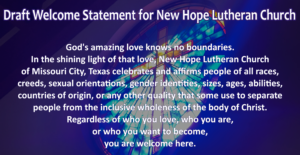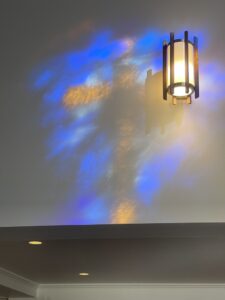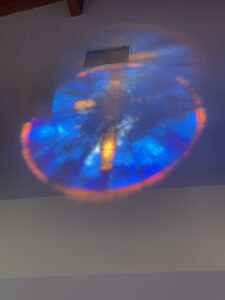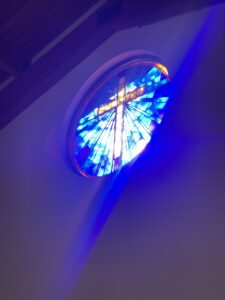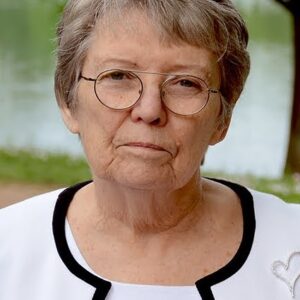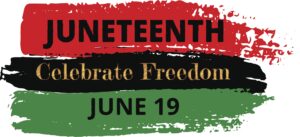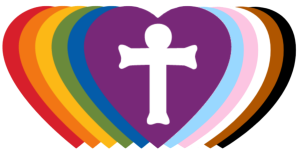My background is a bit different from most of the folks who attend New Hope. I grew up in the Hollywood Hills in Los Angeles in the 50’s and 60’s, the daughter of a German Rocket Scientist. Most of our neighbors were in entertainment industry jobs, studio and symphony musicians, and all the behind the scenes folks, cameramen, electricians, producers, the trainer of Lassie etc. We also had several gay couples living nearby at various times, next door, across the street and behind us etc, though in that time they dared not to be out. Of course there were also many other families that lived there too.
I struck up a friendship with many of my gay neighbors, both adults and kids, as I walked the dog daily. I discovered that many of the adults wanted to go to their respective churches but knew they were not really welcome if anyone knew who they really were.
I went to what was is well-known social justice oriented all girls Catholic convent high school, Immaculate Heart, which turned out many famous alumna like Mary Tyler Moore, Tyra Banks, Meghan Markle and Yara Shahidi. I attended from 1961-65 during Vatican II, Pope John XXIII’s attempt to modernize the church. I got my passion for social justice from those brave Immaculate Heart nuns, who marched with MLK, and were later disbanded by the Archbishop of Los Angeles MacIntyre for being too uppity.
So the reason I advocate for the LGBTQIA+ and people of all origins is personal. I felt like an outcast because I was an immigrant from the wrong side of WW2, who could not even speak English and thus was bullied constantly. At some point I realized that the gay adults and kids were the nicest to me. Of course, they were also outcasts. Because they accepted me, I also wanted them to be accepted.
After undergrad school at UCLA, I moved to Minneapolis for my Masters degree in Microbiology and Soil Science in 1970 and met my husband Paul there. We then got married and moved to Houston in 1972-3 to work for Shell. Went to Rice and got my PhD in Ecology. But Houston was a complete culture shock, especially with all the religiosity floating around. I soon discovered that the Pat Robertson types and Southern Baptists were definitely not what I understood to be Christianity. When our oldest child started to be asked to attend those types of churches by his friends, I decided to find a church I felt comfortable with him growing up in. So we found New Hope in 1983.
I then realized there were gays folks here and knowing the pastors were very accepting, tried to let them know that.
At this point I decided it was time to pay back for all the support I had gotten from gay folks over the decades. I tried PFLAG but soon decided the RIC project in my own denomination was the best way for me. I got involved with the organization and soon found myself being the Regional Coordinator for Region 4, (Central States) which includes our Gulf Coast Synod. There I got to know many religious Lutheran gay and trans folks and pastors. So I am still here today 15 years later, trying to do my bit for accepting all of God’s creation.
Addendum: growing up, we had a second home in the resort town of Big Bear Lake in the SoCal mountains and were close to two other families with kids the same age. I was especially close to Sammy an 8 year old boy to my 16. He was my little ski buddy. Still have the cabin and we summer there. At a neighborhood get together a few weeks ago, this now 67 year old man thanked me for being so nice to him. Turns out he is gay and now happily partnered, but was not treated well by his parents. I told him of his influence on my life and what I was wanting to do in our church. He was deeply touched, he looked at me earnestly with knowing eyes, and said if you can save just one life, it’s worth it.
